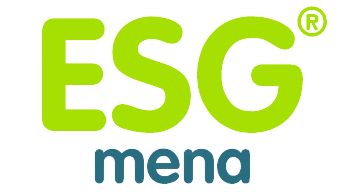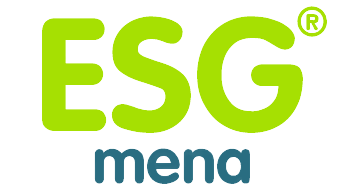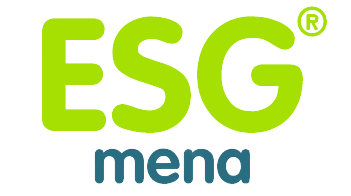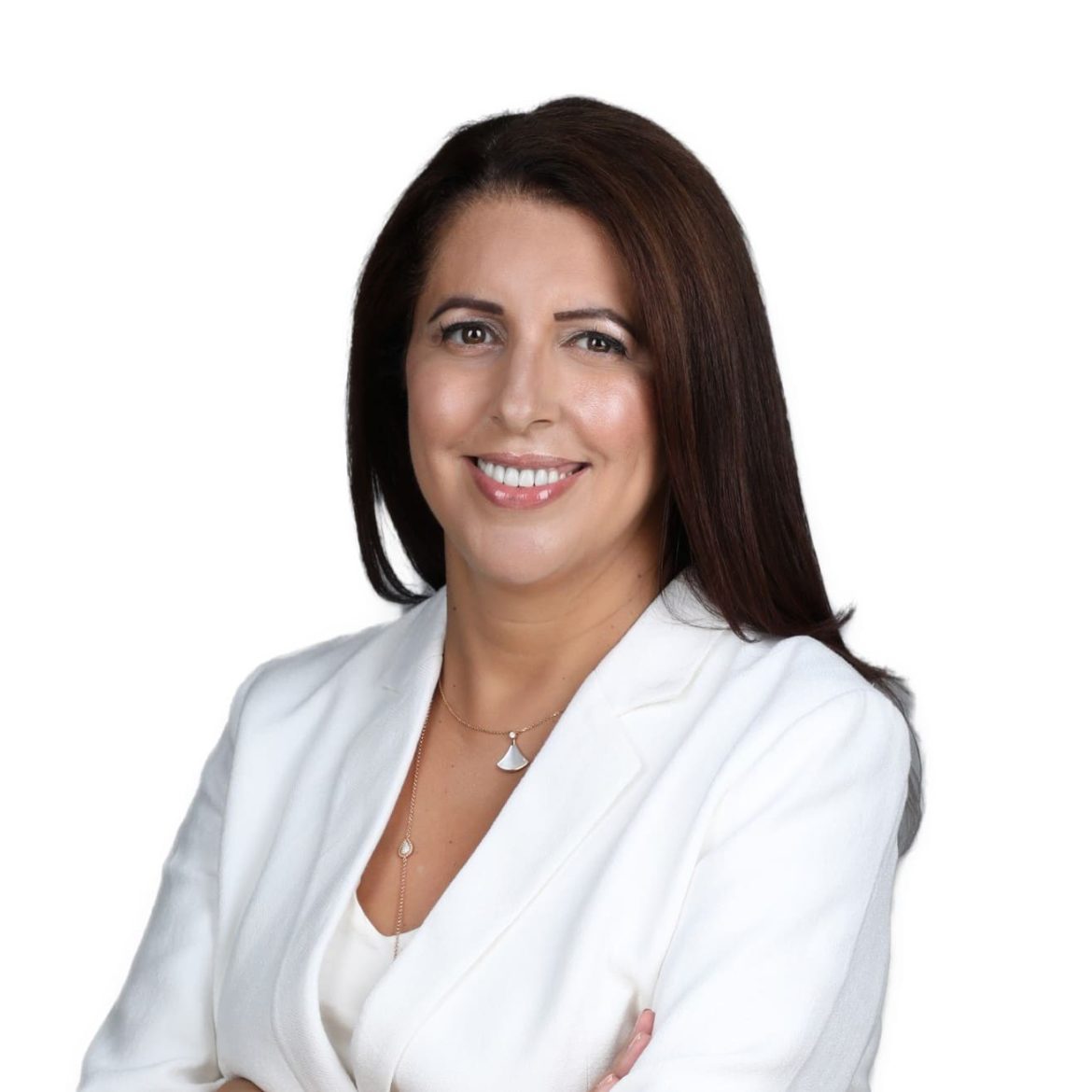In an exclusive interview with ESG MENA, Amel Chadli, President of Gulf Countries at Schneider Electric, shares how the company’s newest office in Dubai—dubbed “The NEST”—is more than just a workspace. It’s a bold statement on the future of sustainable buildings, innovation, and regional cooperation.
As the first “Impact Building” in the Middle East under Schneider Electric’s global program, The NEST not only reflects cutting-edge green technologies but also aligns with national agendas like the UAE’s Net Zero 2050 strategy. From AI-powered energy systems to immersive innovation hubs, Chadli discusses how The NEST is designed to inspire, educate, and catalyze climate action across industries.
Q1: Would you tell us more about this building and its importance in terms of the environment, social impact, technologies, and others? Why Dubai, UAE and the Middle East?
As Schneider Electric launches its new office in Dubai, UAE; we are set to host and support over 1,000 employees at our 10,000 square meter facility. This site is home to Dubai’s first Schneider Electric Global Innovation Hub and marks the city’s first Impact Building under the company’s global Impact Buildings Program.
The NEST is more than just a workplace. It serves as a strategic anchor for Schneider Electric’s global-local model, bringing global innovation closer to local markets.
Designed as a smart, energy-efficient building, The NEST integrates Schneider Electric’s most advanced technologies, including AI, automation, and digital twin systems. These innovations enable the building to reduce energy consumption by up to 37% and avoid approximately 572 metric tons of CO₂ emissions annually.
Beyond environmental performance, The NEST is designed to drive collaboration, innovation, and employee well-being. It provides a conducive environment for co-creation, learning, and engagement.
Dubai was chosen as a location for this office, owing to its position as a regional leader in sustainability and digital transformation. National initiatives such as the UAE Energy Strategy 2050 and Dubai’s Economic Agenda (D33) align closely with Schneider Electric’s vision for a more sustainable and digitally connected future.
The UAE was the first country in the MENA region to commit to achieving net-zero by 2050 through its UAE Net Zero 2050 Strategy.
By establishing The NEST in Dubai, Schneider Electric is strengthening its ability to collaborate with governments, partners, and customers across the Middle East and Africa, a region critical in shaping global sustainability outcomes.
The new office hosts a Global Innovation Hub, which is a hands-on, immersive space where customers, partners, and young talent can interact with live demonstrations of Building Digital Twin solutions, data center innovations, and the AVEVA Unified Operations Center. Visitors will be able to explore how Schneider’s technologies are transforming industries, infrastructure, buildings, and homes. We aim to accelerate local capacity building, develop the next generation of sustainability leaders, and support the UAE’s national goals.
Moreover, in line with the UAE’s national agenda around education, innovation, and sustainability, Schneider Electric announced AED 100 million sustainability education initiative. . The five-year initiative will be rolled out in phases to ensure it evolves in line with the changing needs of students, educators, and the wider industrial ecosystem. It is structured to enable the UAE to stay ahead of global trends and build a future-ready workforce.
Q2: This is your edifice, how are you going to relay your breakthroughs to your customers and business community in terms of sustainability, social impact, technologies, amid the drive to advance green buildings globally and regionally?
The NEST is our physical and strategic base to pilot, refine, and scale sustainable solutions in coordination with customers and partners and the business community. It is designed to advance sustainability across industries, infrastructure, buildings, and homes.
The office runs on a building management system that monitors carbon emissions within the space, leverages daylight harvesting to minimize energy use, and adjusts air quality in real-time based on occupancy and environmental data – all to ensure a better-performing climate for employees’ safety and well-being.
As I previously mentioned, the NEST predicts an energy consumption reduction of 37% compared to the previous local site and provides a targeted saving of 572 metric tons of CO₂ emissions, this is equivalent to the annual electrical power consumed by around 77 homes.
Through the launch of our new Dubai office, Schneider Electric is showcasing to customers and partners the intelligent, sustainable spaces its technology can create. We’re not stopping here, the Impact Buildings Program will continue rolling out across additional new sites well as existing buildings by retrofit over the next 18 months, creating a model for next-generation buildings.
It is worth mentioning that we also use the space as a learning platform through our on-site Training Center, where we empower our stakeholders with the tools and knowledge to adopt and scale these solutions in their own environments.
Q3: Are you going to have some partnerships to replicate this icon with such buildings in the region and beyond? What can you tell us in this regard?
At Schneider Electric, we firmly believe that strategic partnerships are essential to accelerating progress toward net-zero goals, as collaboration is the catalyst that enables us to scale innovation and amplify impact across the built environment.
Since buildings are responsible for nearly 37% of global carbon emissions, they represent one of the most powerful levers we can use to accelerate decarbonization. We see this not only as a challenge, but as a major opportunity to drive progress, by making buildings more energy-efficient, connected, and adaptable.
Digital technologies can be a powerful accelerator to increased efficiency in buildings.
According to research produced by our Smart Research Institute, smart technologies can deliver up to 50% energy savings (in commercial buildings alone); The International Energy Agency also estimates that up to 10% of global energy demand could be saved by 2040 through digital technologies alone.
We’re seeing rising demand in this region for solutions that can reduce emissions, manage energy better, and still deliver long-term business value.
This is why we have set up a Global Innovation Hub here in Dubai. It will allow stakeholders to experience building and energy management technologies in real time – from digital twins and smart building management to energy monitoring and predictive analytics, enabling and empowering our customers and partners to tailor these solutions to their own decarbonization journeys.
This space offers practical insights into how energy efficiency, digitalization, and smart systems can be integrated seamlessly into new and existing infrastructure.
Ultimately, we hope this building helps spark more dialogue, pilot more projects, and build momentum for a new generation of sustainable buildings across the region.




